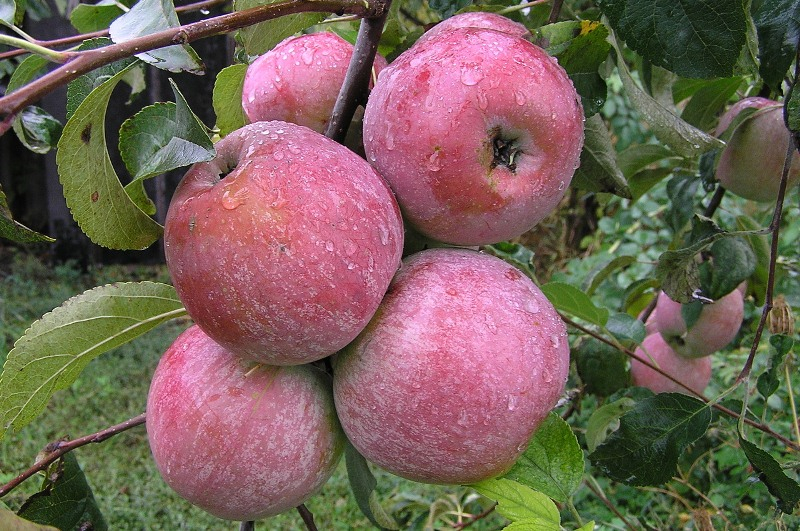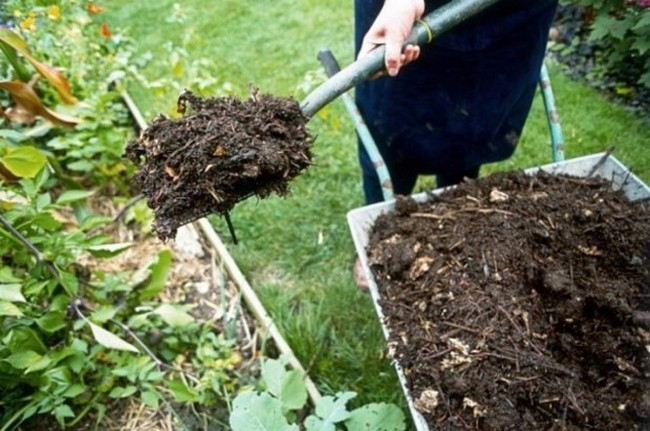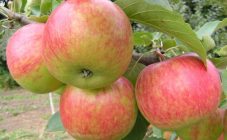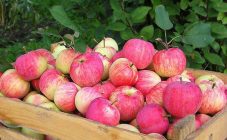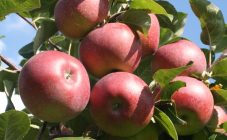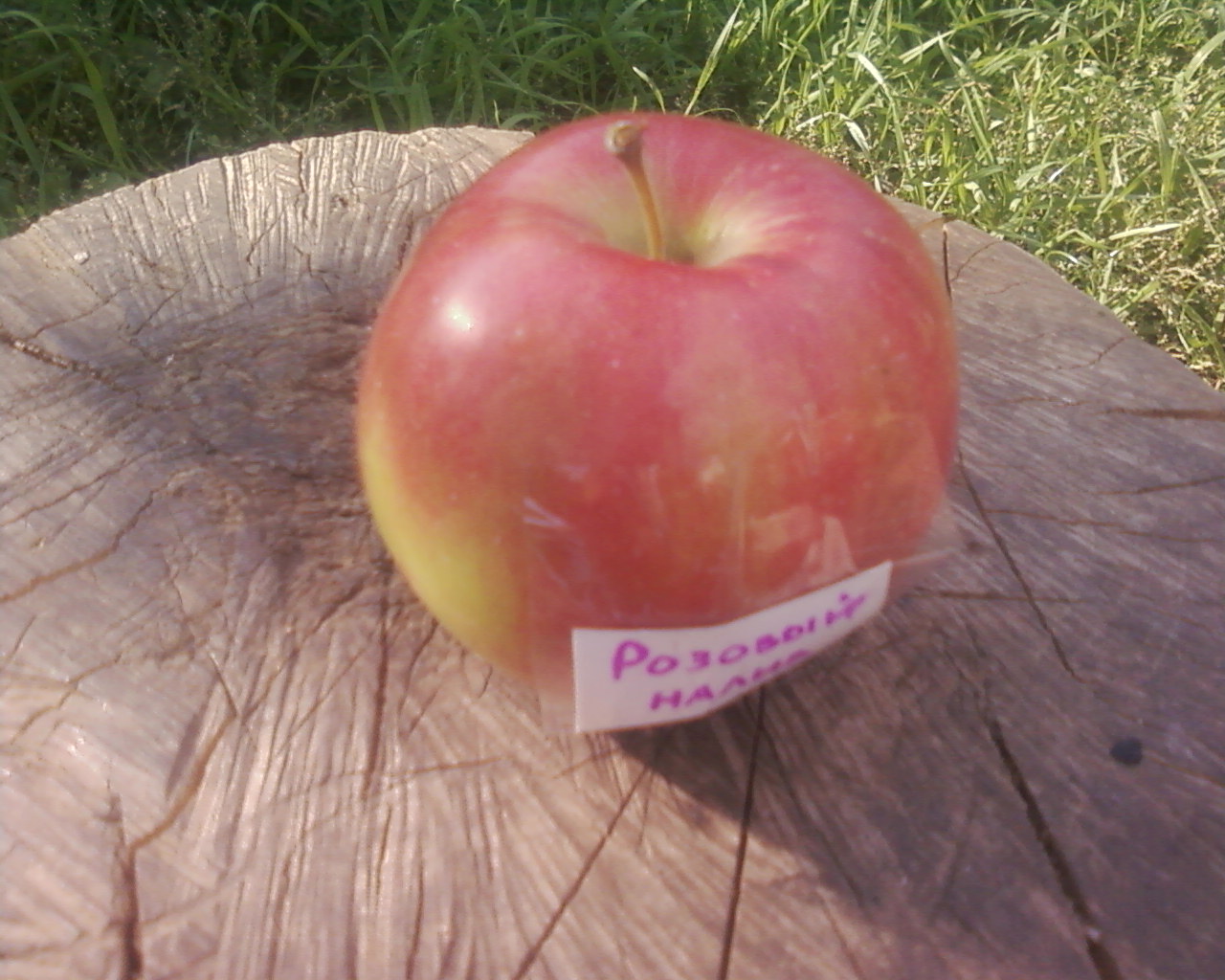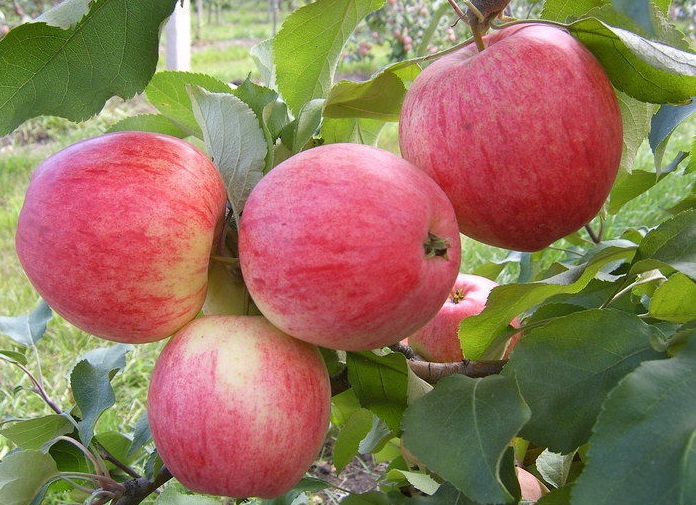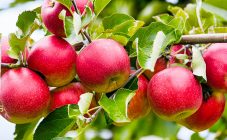Content:
The Welsey apple tree appeared in the 19th century thanks to the efforts of the American breeder M. Gideon. He strove to get a variety that would grow well in the north. For a long time he suffered from failures, but the American bought more seeds with his last money and tried one last time. Only one seed, the progenitor of which was the Siberian cherry apple tree, brought the long-awaited success.
The new species came to Russia in the same 19th century and immediately gained recognition from gardeners for juicy sweet fruits, attractive appearance and winter hardiness. Having mastered the new place, Welsey received other names: Tartu rose, Harvest, Tarut pink, Abundant. Today, culture is taking root well in many Russian regions: in the Leningrad region and the Moscow region, in Siberia and the Altai Territory. Also, residents of the southern latitudes, who decided to plant Welsey, can expect a good harvest.
The variety has a creeping subspecies, which is also early winter. He brings a crop in the 6th year of 12 kg per season. The creeping tree is generally medium-sized, with small, dark green leaves. Apples are flat-round or conical. Green in color with a blush on the side. One apple weighs from 90 to 120 g. The harvest takes place in the second half of September. Shelf life 3-4 months.
Apple tree Wesley: description and characteristics
The height of the apple tree is average. The crown is slightly rounded, pyramidal in shape. The branches rush up, although the tips themselves are slightly lowered down at an angle, therefore, due to strong winds, they sometimes break off.
Leaves are glossy, saturated dark green color with slightly wavy edges, the tips are curled. During the flowering period, the apple tree is covered with pink-white flowers, which looks very elegant, and a pleasant aroma emanates from it.
In describing the Welsey apple tree, it is important to note that it is partially self-fertile, that is, it requires pollinators, without which only 7% of the flowers will be able to set into apples. It is best pollinated by its varieties Autumn striped, Zvezdochka, Antonovka.
The quality of Wales apples is one of the best. The main color of the fruit is light yellow, but as it ripens and reaches ripeness, it is almost completely covered with cherry-red stripes. The pulp is very juicy, sweet with a slight sourness. The average apple weight is 80-150 g.
In addition, the taste is unambiguously influenced by the climate of the region. Lack of sun and frequent heavy rains reduce the palatability.
The Welsey apple variety has an average winter hardiness, tolerates up to -25 ° C without problems, however, with a greater decrease in temperature, the branches are likely to freeze.
The apple tree is also resistant to scab - a dangerous disease that can completely destroy the crop.
Agrotechnics
Spring is the best time to plant Welsea. And this must be done before bud break. The place for the apple tree is chosen even, where water does not stagnate. Groundwater should run at a depth of 2 m from the surface of the earth.
The apple tree prefers floodplain soil, black soil.It will take root in the gray forest soil.
Before planting a seedling, the soil must be fertilized with humus (5-6 kg per hole), wood ash or manure. Usually, the hole is dug a week before planting. A depth of 60-65 cm and a width of 80 cm is enough. Then everything is carried out in a standard way: the seedling is placed on a nutrient mixture, pre-moistened (2-3 buckets of water), the roots are straightened and sprinkled with earth. After that, watering is carried out again and the soil is compacted. The main thing is to prevent the appearance of voids among the roots. In this case, mulching with humus will help. Be sure to make a support for the tree after planting.
Follow-up care of the Welsey apple tree consists of removing weeds near the trunk, mulching, loosening the soil, watering, applying top dressing and pruning. You need to loosen the soil every 25-30 days. Watering is carried out in dry weather, when the shoots are gaining strength and are actively growing, during periods of flowering and fruit ovary. Fertilization is best done in spring. For this period, nitroammophoska is suitable (1 tbsp. Spoon under each apple tree), and with the beginning of flowering - potassium salt and superphosphate (15-20 g each). In the fall, sprinkle the near-trunk area with wood ash (500 g for each tree). Organic fertilizers are used every few years.
When the Wales apple tree begins to bear fruit, the main thing is not to miss the moment, as the ripe apples begin to crumble. Care should be taken when removing fruits, since broken fruits are not long-term in storage.
Apple pruning
You can prune diseased or dry branches at any time, except during flowering and fruit formation. More voluminous pruning aimed at crown formation should be done in March. The purpose of formative pruning is to provide access to the sun's rays to the fruits and to rid the apple tree of crop overload. In this case, even the first shortening of branches on a still young seedling plays a significant role. After it, excessively long branches are already cut off, or all unwanted shoots are shortened "by a ring".
Skeletal branches that grow at an acute angle are not always cut off, but they are trying to bend down, as if giving a horizontal position. This is not harmful to the tree, but too laborious for the gardener.
Diseases and pests
Despite being resistant to scab, Welsey can suffer from cytosporosis and powdery mildew.
With the manifestation of cytosporosis in early spring or at the end of autumn, the sore spot is completely cleaned of infected wood and treated with iron and copper sulfate. The ratio of the solution is 20-30 g of the product per 1 liter of slightly warmed up water. Then the cut is sealed with garden varnish or oil paint. To prevent the onset of cytosporosis, the home fungicide is used in preventive measures.
When powdery mildew affects an apple tree, colloidal sulfur, copper oxychloride, a mixture of potassium permanganate, soap and soda ash will help to cope with it. Processing is carried out every 3-4 days. A significant effect in the fight against the disease was shown by the drug topaz, which is used during the beginning of the growing season. At the first sign of powdery mildew, the interval for spraying with the fungicide is 6-12 days. During flowering, the disease can manifest itself more strongly, and then 2 treatments must be carried out at once. The maximum number of times topaz is used per season is no more than 4. A good prevention against this disease is spraying with copper sulfate.
As for pests, the apple moth and hawthorn can attack Welsey.Timely harvesting of leaves from under the apple tree and periodic loosening and weeding of the soil significantly reduces the risk of their appearance. As a preventive measure, insecticides are used, for example, 80% chlorophos (for 10 liters of water, 20–30 g of the drug). Planting tomatoes, dill or mustard nearby will help scare off the moth. Do not forget about pest trapping belts.
Advantages and disadvantages of the variety
Apple Wales, like all fruit crops, has a number of advantages and disadvantages. The pluses include:
- abundant productivity;
- the appearance of the first fruits as early as 4-5 years of age;
- pleasant taste and charming appearance;
- excellent keeping quality and long-term storage of fruits (provided that they were not beaten during collection);
- immune to scab.
In turn, the disadvantages of this type are as follows:
- shedding of fruits during ripening;
- the influence of climate on taste;
- winter hardiness up to -25 ° C (for many northern regions this can be a difficulty in growing, and then you cannot do without the obligatory shelter of the plant for the winter);
- there should be other varieties nearby that can pollinate Welsey.
In general, the description of the Wales apple variety shows that the culture is not too whimsical, requires standard handling, and every gardener can handle it. In return, Welsey will thank him with a rich harvest, which will yield excellent compotes, jam, apple juice and many other preparations. Enjoyment will also bring fresh consumption.
